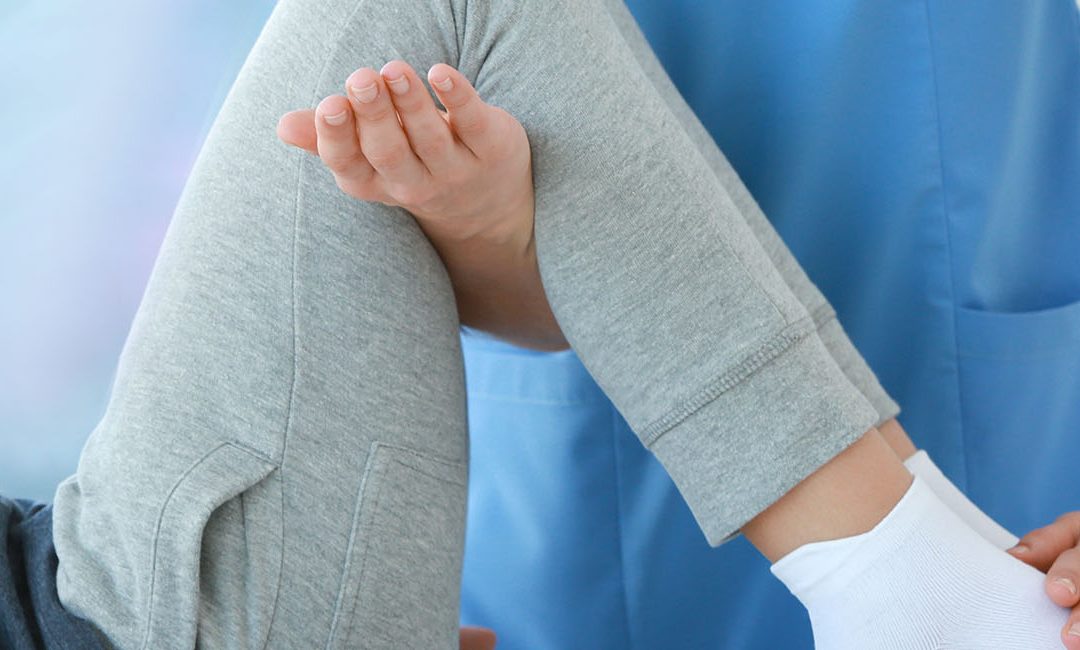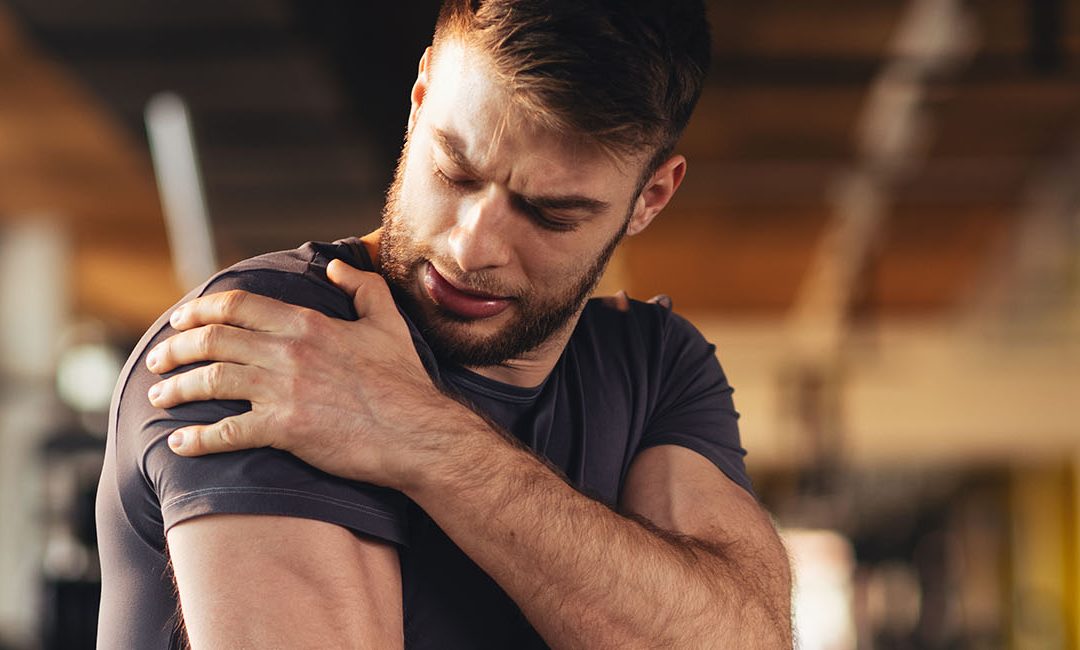Welcome To Our Blog

Patellofemoral Pain Syndrome: Causes, Symptoms And Treatment
The knee is one of the largest and the most used joint in the human body. It is a complex structure of bones and soft tissues that bears maximum body weight. It connects the tibia, femur and the shin bone with the patella lying in the front of the joint. Four main ligaments, tendons and muscles keep it stable and allow it to move in different ways. A thin layer of fluid called synovium lines the internal part of the joint and prevents friction. The articular cartilage gives a cushioning effect. Damage to any of these parts results in Patellofemoral Pain. Patellofemoral Pain...

Treatment For Rib Stress Fractures
Fractures may result either from trauma or from stress. Traumatic fractures result from a single instance of injury or trauma which results in a fractured bone; stress fractures, on the other hand, stem from continued excessive stress over an extended period of time and are more in the nature of ‘overuse injuries.’ Stress fractures cannot usually be found through x-rays because the fractures are very small; however, stress fractures can deteriorate to become major fractures if they are not detected and treated in time. Any of the 24 ribs (12 on either side) may suffer a...

Delayed Onset Muscle Soreness
Delayed Onset Muscle Soreness (DOMS) is a muscle related pain that occurs due to excessive exercising. Simultaneous contraction and lengthening of the muscles, in most cases, is the underlying cause of this condition. Running downhill, squatting, plyometric exercises are typical examples. Such microtraumas may cause an imbalance between the electrolyte as well as intramuscular fluids present in the body. This affects the muscle’s capacity to absorb shocks, maintain coordination and their ability to contract. This condition typically affects the athletes and is considered to be...

Swimmer’s Shoulder: Causes, Symptoms And Treatment
Swimming may place severe stress on the shoulder and other parts of the body. Swimmer’s Shoulder, also known as the Impingement Syndrome, refers to a wide set of symptoms relating to traumatic injuries stemming from undue exertion over an extended period of time, i.e. overuse, of the various parts of the shoulder while swimming. Pain is an inevitable result of such exertion and may be limited to the shoulder joint and muscles or spread in either direction - to the extremities and neck. The condition involves chronic inflammation of the muscles, ligaments and tendons of the...

Thoracic Outlet Syndrome: Orthopedic Treatment
Compression of the nerves or blood vessels in the space that lies between the collar bone and the first rib is referred to as Thoracic Outlet Syndrome (TOS). A network of nerves known as the brachial plexus emerges from the spine and spreads out to the shoulder, neck, arms and hands. These nerves control the sensation in these parts of the body. Compression of the brachial plexus may result in a host of symptoms. Causes Trauma due to vehicular accident (Whiplash injury) Congenital anatomical disorders such as presence of an extra rib bone Pregnancy related changes in the body...

